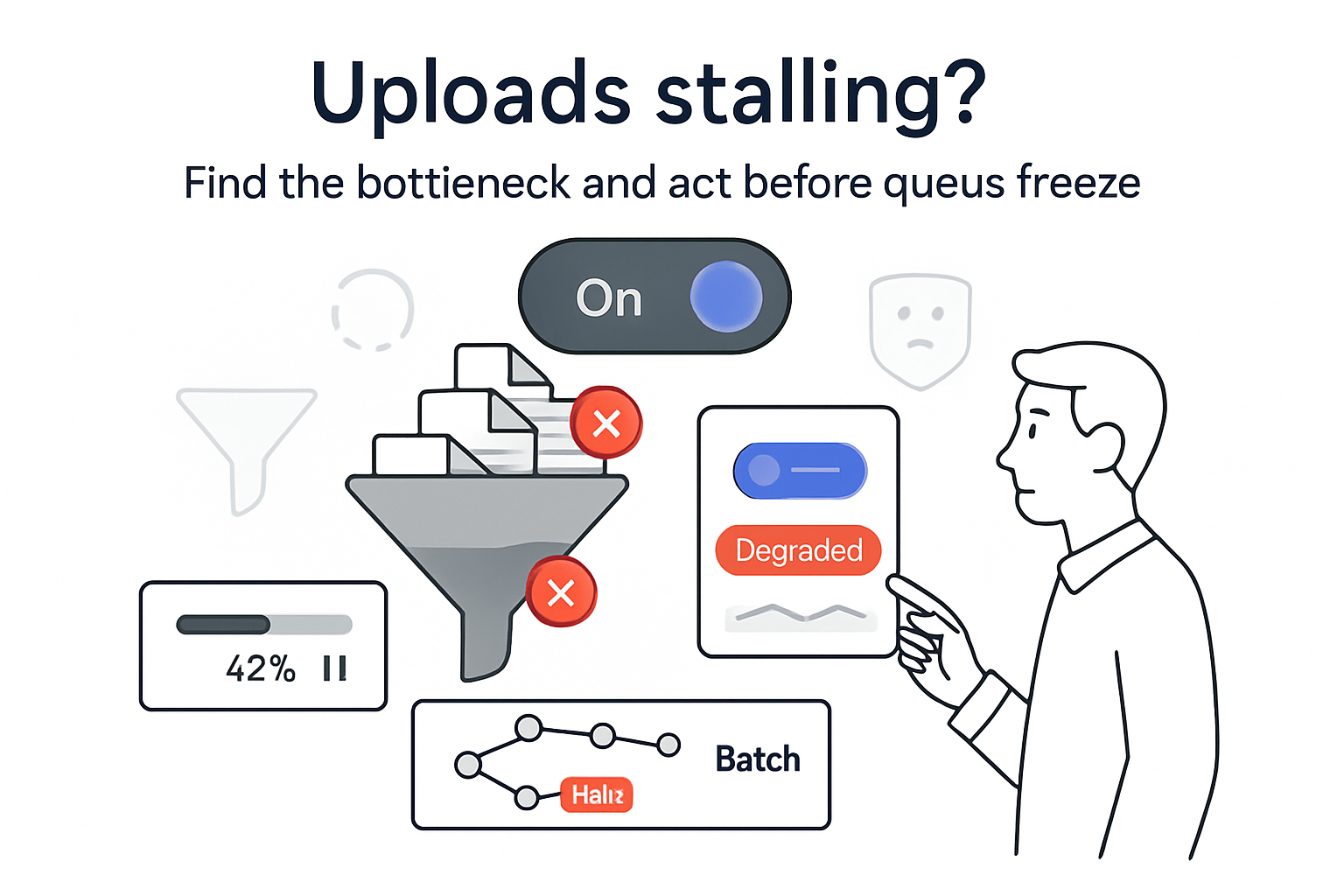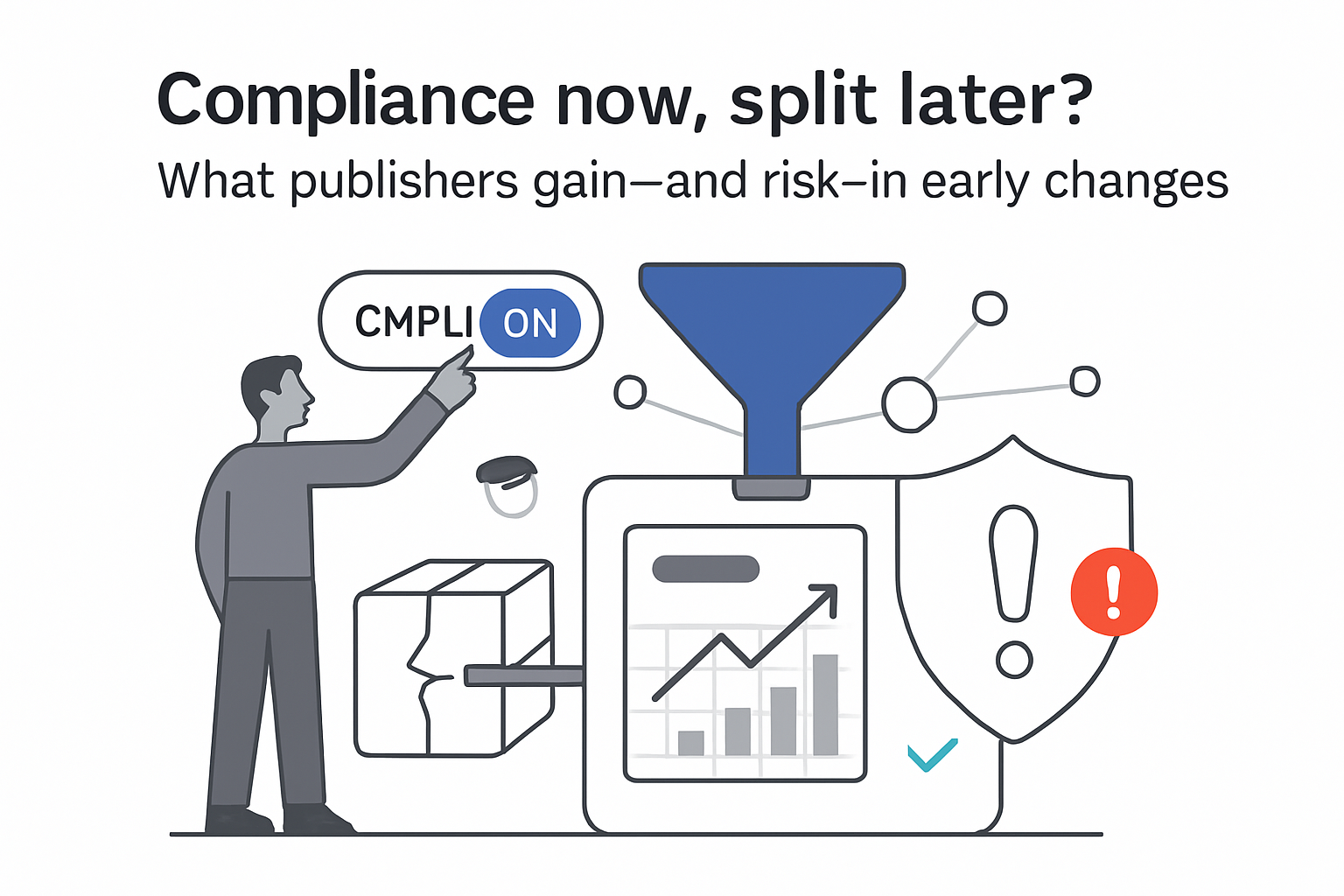Google Research has published a peer-reviewed study describing a machine-learning pipeline that predicts insulin resistance using data from consumer wearables and routine blood panels. The work, released on 6 August 2025, suggests a path to lower-cost, large-scale screening of metabolic risk.
Study design and key results
Engineers trained deep neural networks and XGBoost models on records from 1,165 U.S. adults enrolled in the WEAR-ME study, which was reviewed by an Institutional Review Board. Participants contributed heart-rate and activity traces from Fitbit or Pixel Watch devices, fasting glucose and lipid panel measurements processed by Quest Diagnostics, and surveys delivered through the Google Health Studies app.
The strongest model combined wearable signals with laboratory data to estimate HOMA-IR, achieving an area under the receiver operating characteristic curve of 0.80. At the clinical threshold HOMA-IR ≥ 2.9, sensitivity reached 76 % and specificity 84 %. Regression performance for numeric prediction posted an R² of 0.50.
A validation cohort of 72 Fitbit Charge 6 users in San Francisco reproduced similar accuracy (sensitivity 84 %, specificity 81 %). Among obese and sedentary participants, sensitivity climbed to 93 % with an adjusted specificity of 95 %.
Feature attribution with SHapley Additive exPlanations [SHAP] values ranked resting heart-rate variability, overnight heart-rate, fasting glucose, and triglycerides as the most informative predictors.
Detailed methods and datasets are available in the public paper.
Gemini-powered coaching layer
Google paired the predictive model with a Gemini-based “Insulin Resistance Literacy and Understanding Agent.” The agent generates personalised education plans that explain risk contributors and suggest lifestyle changes. In a blinded review, five board-certified endocrinologists rated the agent’s answers more comprehensive and trustworthy than a baseline large language model.
Why it matters
Type 2 diabetes affects hundreds of millions of people worldwide, and insulin resistance precedes roughly three-quarters of cases. The gold-standard euglycemic insulin clamp offers precise measurement but is invasive and costly, while non-fasting HbA1c tests often miss early-stage patients.
By combining passively collected wearable data with blood panels that primary-care physicians already order, Google’s approach could enable earlier, lower-cost surveillance of metabolic health without specialised insulin assays.
Next steps
The authors plan a 24-month prospective study to test whether lifestyle interventions informed by the model can delay or prevent progression to diabetes. Additional work aims to support devices beyond Fitbit and Pixel Watch, including Apple Watch and Garmin wearables.







.svg)